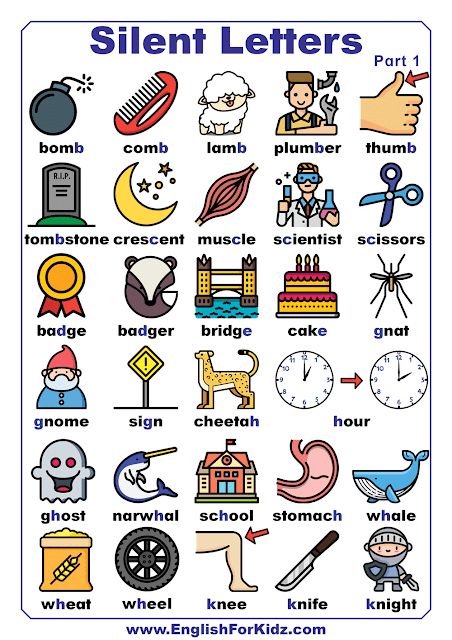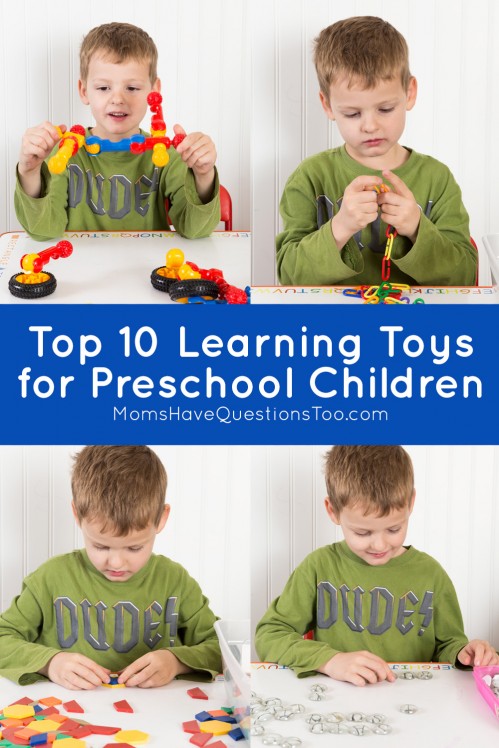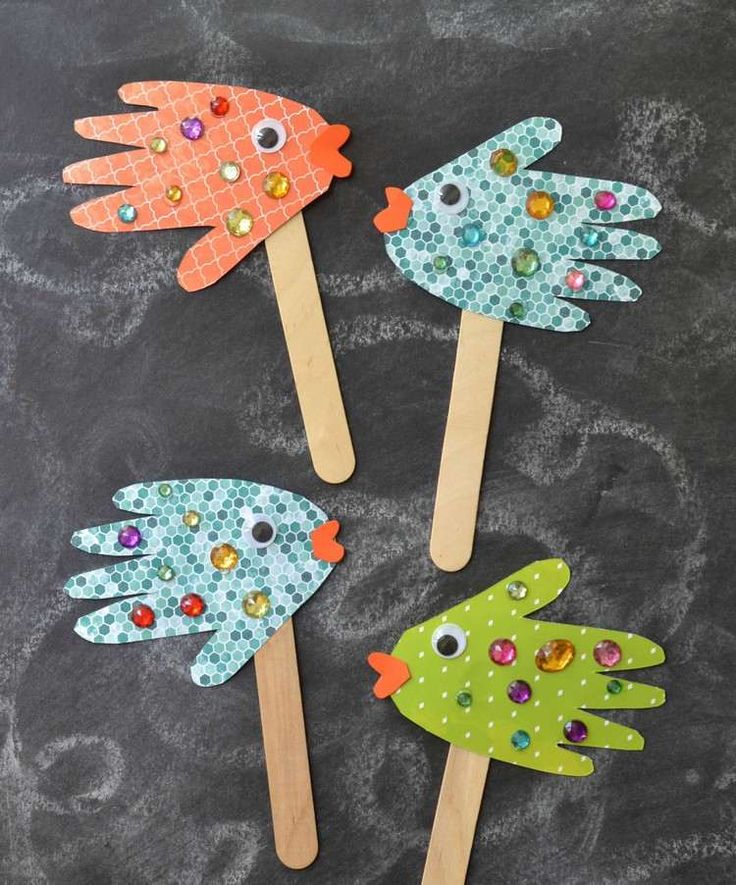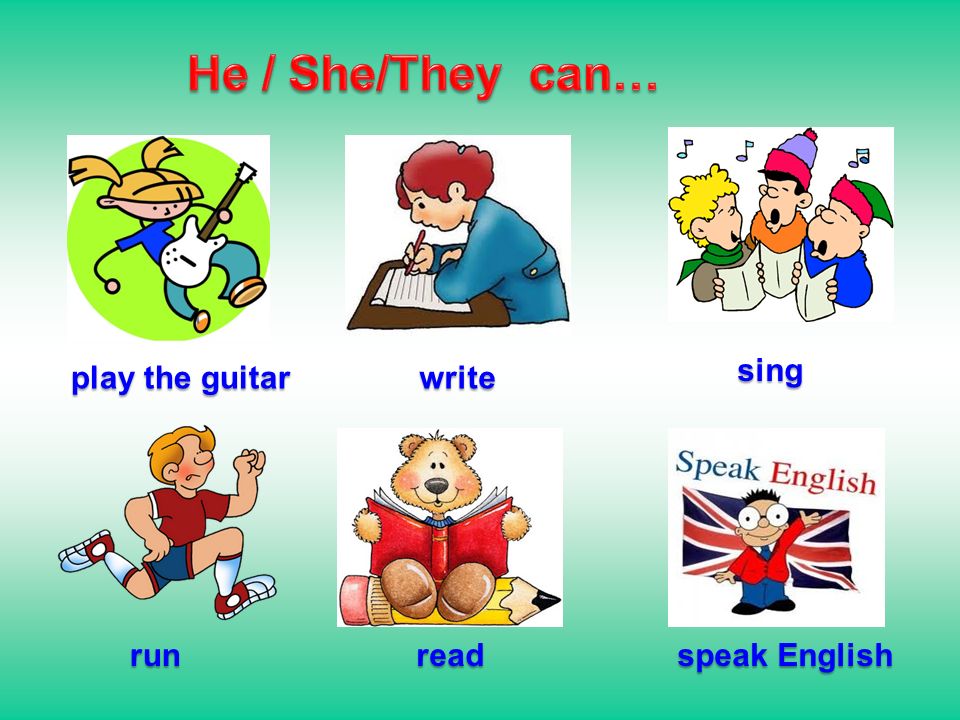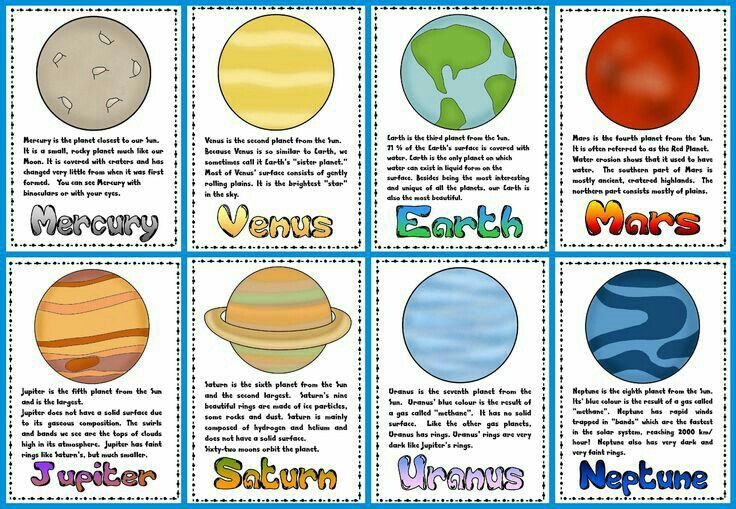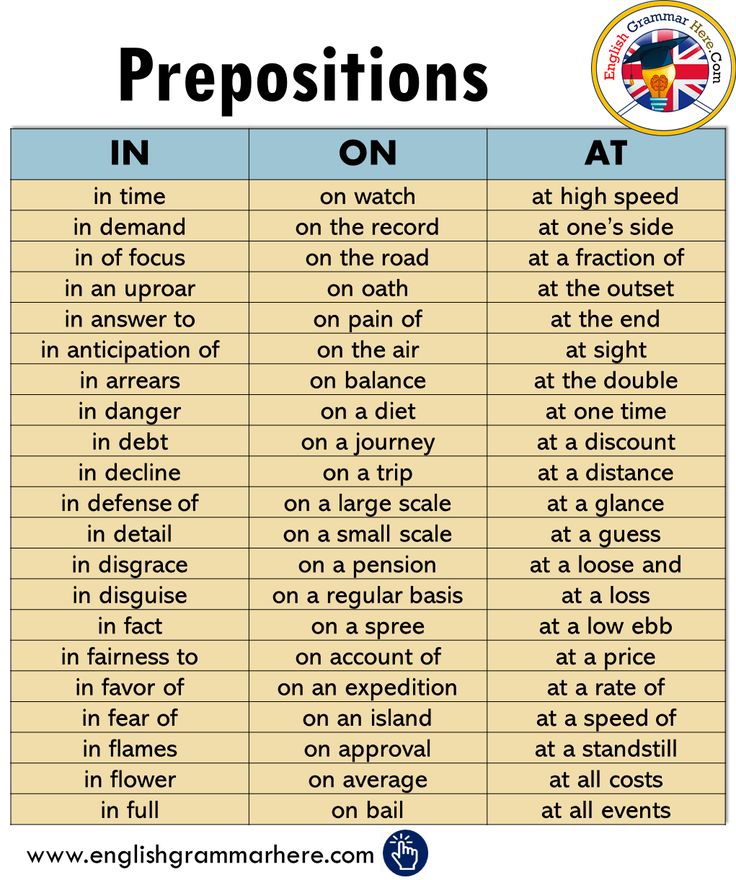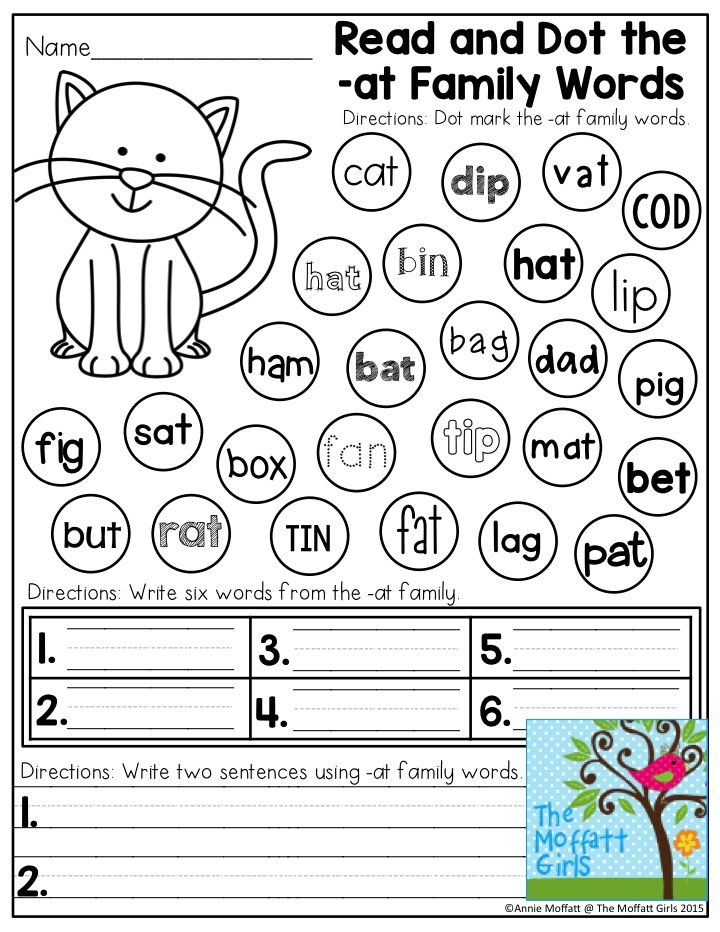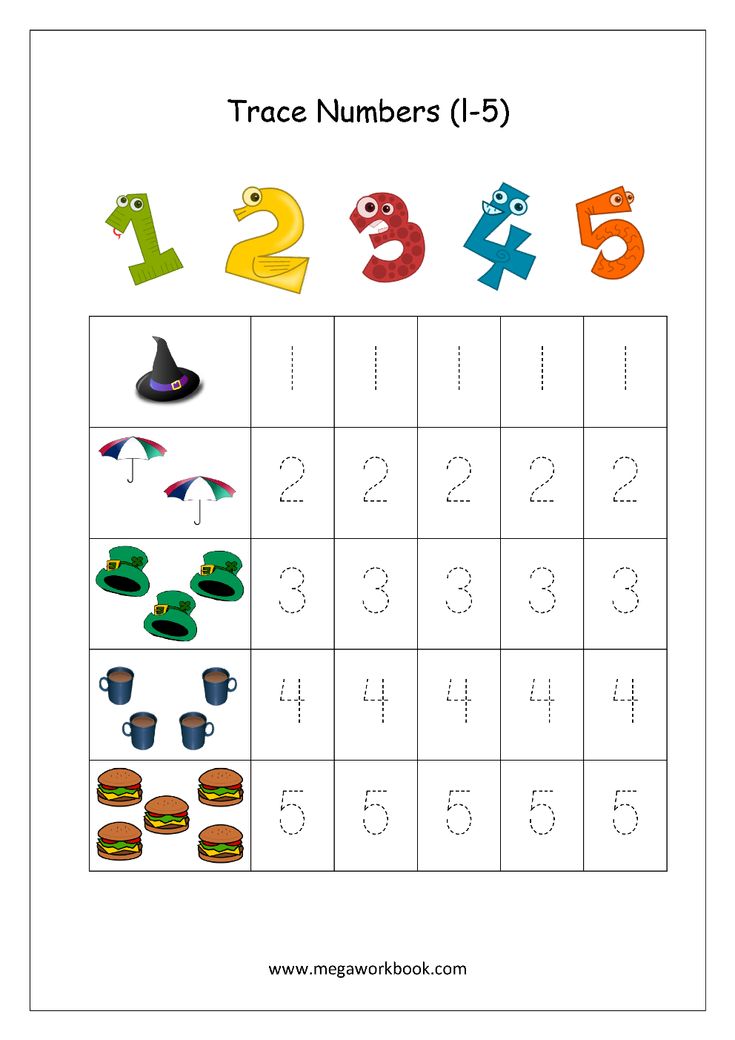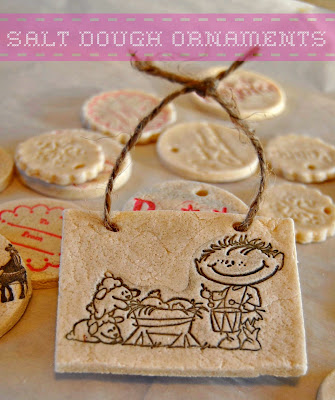Teaching letter sound correspondence
Literacy Instruction for Individuals with Autism, Cerebral Palsy, Down Syndrome, and Other Disabilities
What are letter-sound correspondences?
Letter-sound correspondences involve knowledge of
- the sounds represented by the letters of the alphabet
- the letters used to represent the sounds
Top
Why is knowledge of letter-sound correspondences important?
Knowledge of letter-sound correspondences is essential in reading and writing
- In order to read a word:
- the learner must recognize the letters in the word and associate each letter with its sound
- In order to write or type a word:
- the learner must break the word into its component sounds and know the letters that represent these sounds.
Knowledge of letter-sound correspondences and phonological awareness skills are the basic building blocks of literacy learning.
These skills are strong predictors of how well students learn to read.
Top
What sequence should be used to teach letter-sound correspondence?
Letter-sound correspondences should be taught one at a time. As soon as the learner acquires one letter sound correspondence, introduce a new one.
We suggest teaching the letters and sounds in this sequence
- a, m, t, p, o, n, c, d, u, s, g, h, i, f, b, l, e, r, w, k, x, v, y, z, j, q
This sequence was designed to help learners start reading as soon as possible
- Letters that occur frequently in simple words (e.g., a, m, t) are taught first.
- Letters that look similar and have similar sounds (b and d) are separated in the instructional sequence to avoid confusion.
- Short vowels are taught before long vowels.
- Lower case letters are taught first since these occur more frequently than upper case letters.
The sequence is intended as a guideline. Modify the sequence as required to accommodate the learner’s
- prior knowledge
- interests
- hearing
Top
Is it appropriate to teach letter names as well as letter sounds?
Start by teaching the sounds of the letters, not their names.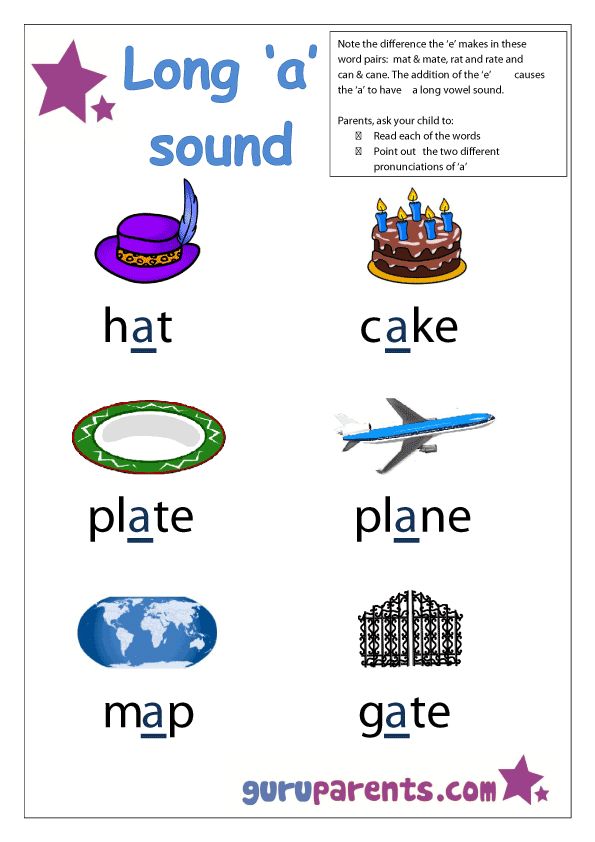 Knowing the names of letters is not necessary to read or write. Knowledge of letter names can interfere with successful decoding.
Knowing the names of letters is not necessary to read or write. Knowledge of letter names can interfere with successful decoding.
- For example, the learner looks at a word and thinks of the names of the letters instead of the sounds.
Top
Sample goal for instruction in letter-sound correspondences
The learner will
- listen to a target sound presented orally
- identify the letter that represents the sound
- select the appropriate letter from a group of letter cards, an alphabet board, or a keyboard with at least 80% accuracy
Top
Instructional Task
Here is an example of instruction to teach letter-sound correspondences
- The instructor
- introduces the new letter and its sound
- shows a card with the letter m and says the sound “mmmm”
After practice with this letter sound, the instructor provides review
- The instructor
- says a letter sound
- The learner
- listens to the sound
- looks at each of the letters provided as response options
- selects the correct letter
- from a group of letter cards,
- from an alphabet board, or
- from a keyboard.
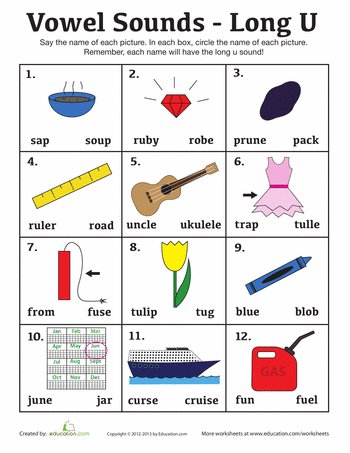
Top
Instructional Materials
Various materials can be used to teach letter-sound correspondences
- cards with lower case letters
- an alphabet board that includes lower case letters
- a keyboard adapted to include lower case letters
Here is an example of an adapted keyboard that might be used for instruction once a student knows many of the letter-sound correspondences.
The learner must
- listen to the target sound – “mmmm”
- select the letter – m – from the keyboard
Top
Instructional Procedure
The instructor teaches letter-sound correspondences using these procedures:
- Model
- The instructor demonstrates the letter-sound correspondence for the learner.
- Guided practice
- The instructor provides scaffolding support or prompting to help the learner match the letter and sound correctly.

- The instructor gradually fades this support as the learner develops competence.
- The instructor provides scaffolding support or prompting to help the learner match the letter and sound correctly.
- Independent practice
- The learner listens to the target sound and selects the letter independently.
- The instructor monitors the learner’s responses and provides appropriate feedback.
Top
Student Example
Krista is 8 years old in this video
- Krista has multiple challenges, including a hearing impairment, a visual impairment, and a motor impairment. She also has a tracheostomy.
- We started to work with Krista when she was 8 years old. At that time, she was in a special education class at school and was not receiving literacy instruction.
- She uses sign approximations to communicate with others. She also uses a computer with speech output (a Mercury with Speaking Dynamically Pro software). Because of her hearing impairment, she does best when she receives augmented input (sign and speech).
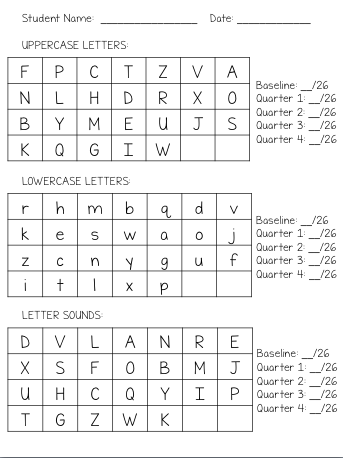
- This video was taken after 3 weeks of instruction.
- Krista is learning letter-sound correspondences. So far she has been introduced to the letter sounds for m and b
- Janice is providing instruction; Marissa, a graduate student at Penn State, is learning about literacy instruction and helping to collect data; and Krista’s parents and nurse are watching the session, excited about her progress.
- Janice
- provides an array of letter cards as response options
- says one of the target letter sounds
- Krista
- listens to the sound
- points to the letter that makes the target sound
- After 3 weeks (approximately 3 hours) of instruction, Krista has successfully learned the letter sounds – m and b.
- Over the next months, we introduced the other letter sounds gradually. We also worked on recognition of high interest sight words, decoding skills, and shared reading activities.
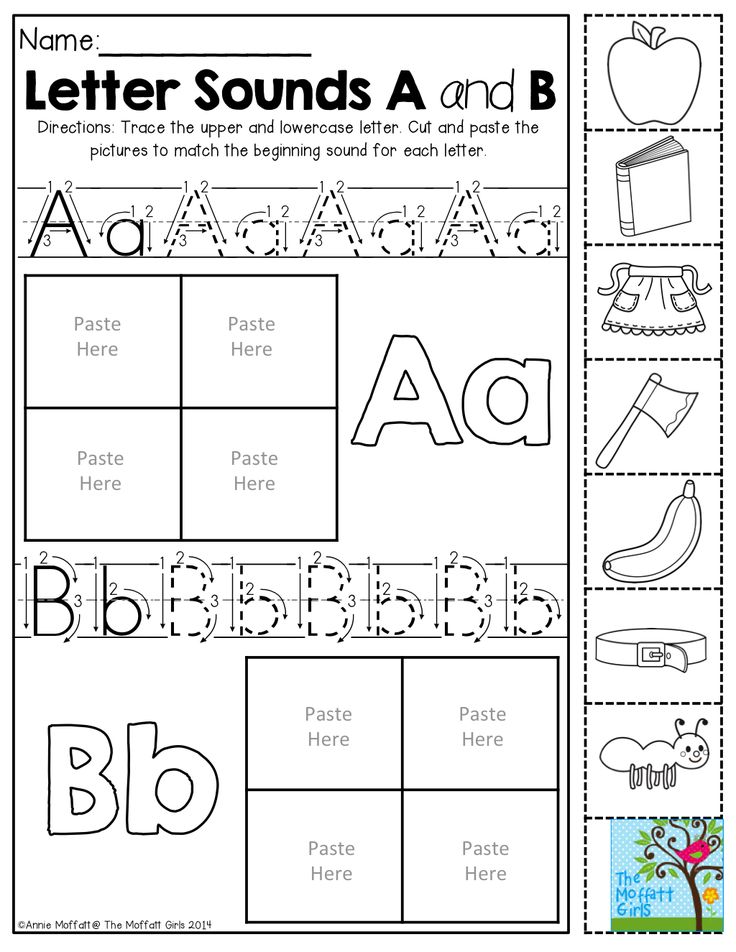
- Krista made excellent progress in all activities. Click to learn more about Krista’s success learning literacy skills despite the many challenges she faced.
Top
Pointers
There are a wide range of fonts. These fonts use different forms of letters, especially the letter a.
- Initially use a consistent font in all instructional materials
- Later, as the learner develops competence, introduce variations in font.
Top
Last Updated: February 19, 2019
teaching letter-sound correspondence -
Teaching Letter-Sound Corrospondence
Teaching letter-sound correspondence is a critical component in learning the alphabet, teaching phonics, and essential to reading success. So let’s talk about letter-sound correspondence and how you can teach it effectively!
What is letter-sound correspondence? Letter-sound correspondence is the knowledge of the sounds/phonemes connected to individual letters.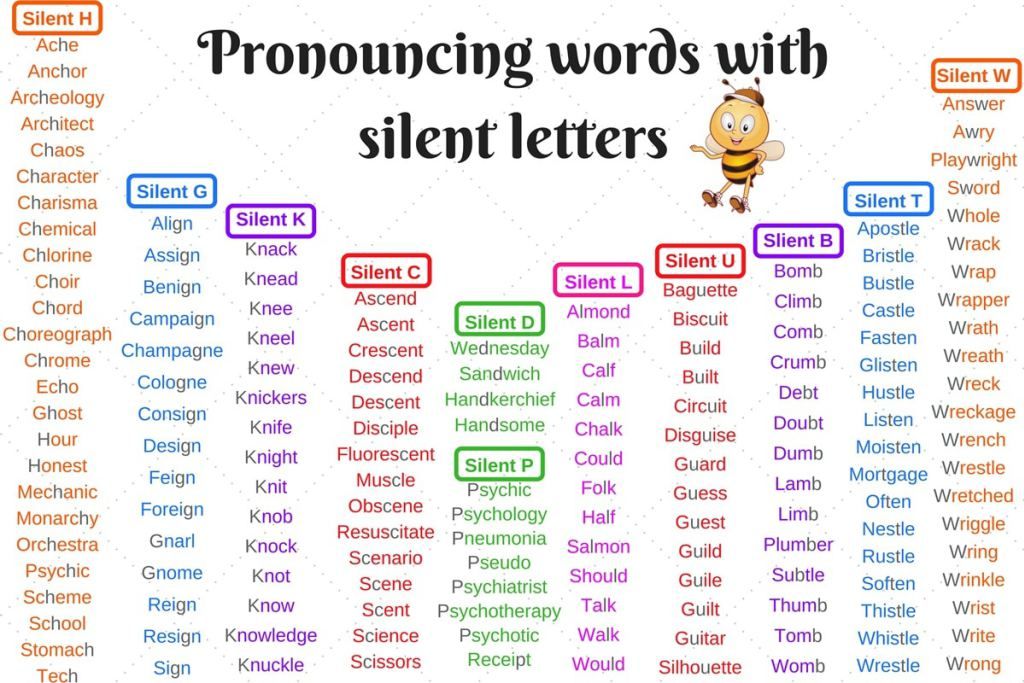 Although there are only 26 letters of the English alphabet, there are 44 Phonemes or individual distinct units of sound. Phonemes also include letter combinations like blends and digraphs, but I will only be focussing on the letters of the alphabet for this post.
Although there are only 26 letters of the English alphabet, there are 44 Phonemes or individual distinct units of sound. Phonemes also include letter combinations like blends and digraphs, but I will only be focussing on the letters of the alphabet for this post.
When to teach letter-sound correspondence? As you teach letter recognition, it is just as important to teach letter-sound correspondence understanding. I have found that teaching letter-sound correspondence with letter identification increases phonemic awareness, phonics understanding, decoding words, and reading skills overall.
How do you teach letter-sound correspondence? Teaching letter-sound correspondences should be done one at a time. Once a letter-sound has been mastered introduce the next one. To facilitate early reading the best, try teaching letters and letter-sounds by those found most often in text. I use the order below.
- a, m, t, p, o, n, c, d, u, s, g, h, i, f, b, l, e, r, w, k, x, v, y, z, j, q
HERE ARE SOME THINGS TO CONSIDER WHEN IMPLEMENTING THIS SEQUENCE.
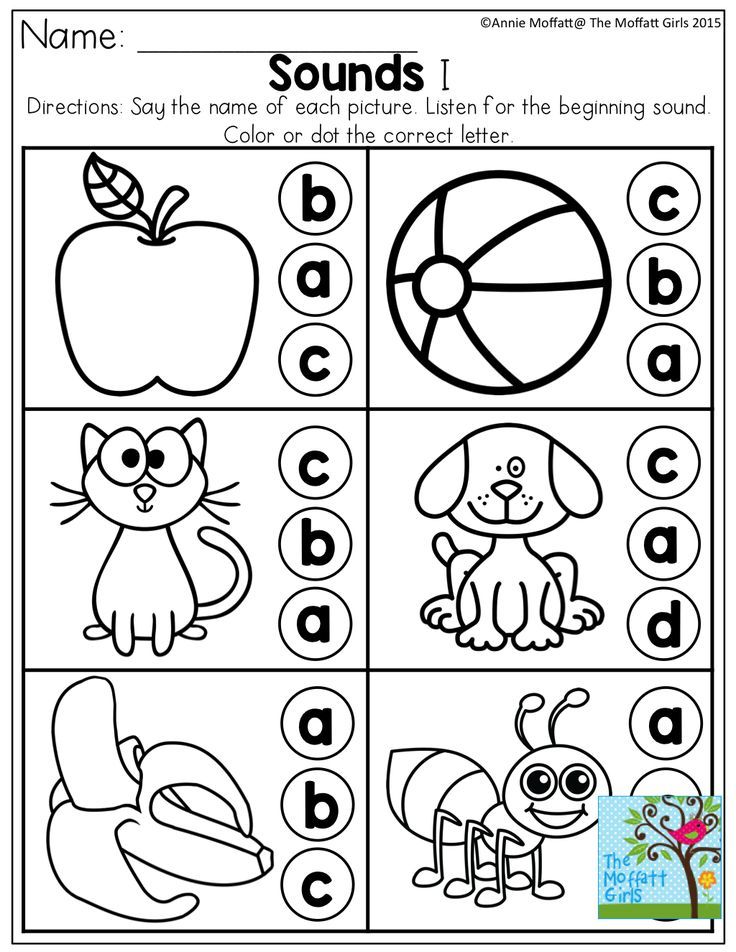
- Teach frequently used letters first aids early reading. (e.g., a, m, t)
- Teach letters that look similar and have similar sounds (e.g. b and d) in separate lessons to help avoid confusion.
- Short vowels should be taught before long vowels.
- Lower case letters are taught before upper case letters.
Teach unique sounds once the others are mastered.
Unique sounds, like hard and soft C and G, should be taught seperate from each other. These sounds are also referred to as copycat C as /s/ and copycat C as /k/ and copycat G as /j/.
Letter X is usually found at the end of a word and may be easier to teach as an ending sound rather than beginning sound.
Letter-object association vs letter identification with letter-sound correspondence
Providing a variety of objects and visuals that begin with the focus letter increases vocabulary and understanding of the phonemes. For more advanced students, use objects with the focus letter sound at the end or in the middle and have them identify if the sound is in the middle or end of the word.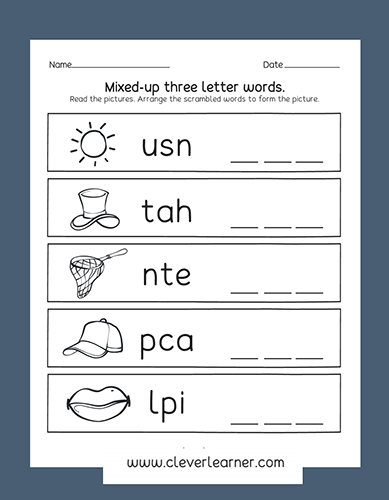
Be careful not to teach letter-object association like B is for ball. Here is an example of a more effective method of teaching letters and letter sounds while using visuals.
Point to the focus letter. “This is the letter B,” “The B says, “b” (children may say buh, but we do not emphasize the uh at the end).
“Can you say “b” too?”
Hold up the visual, the ball for this example, and ask your child to tell you what it is.
Did you say the B sound “b?”
Let’s listen carefully and say it again. “B-b-b-ball. Ball!”
“What letter sound did we hear?” “The letter B sound!”
I created letter-sound correspondence mats to help students gain confidence in identifying the letter sounds for each letter of the alphabet.
Click the picture to grab this resource! In level 1 of the letter-sound correspondence mats, students will demonstrate basic knowledge of letter-sound correspondences by producing the primary sound for each picture. All eight images on the mat begin with the focus letter-sound. In level 2, students will discriminate between pictures that begin with the focus letter-sound and those that do not.
All eight images on the mat begin with the focus letter-sound. In level 2, students will discriminate between pictures that begin with the focus letter-sound and those that do not.
Included in this resource –
There is a page for every consonant letter sound.
Vowel sounds have two sounds covered: long and short vowels A, E, I, O, and U.
The unique or tricky sounds hard and soft C and G are included seperately.
These unique letters are also listed as copycat C as /s/ and copycat C as /k/ and copycat G as /j/.
(These letters are placed at the end of the alphabet so you can choose which version of wording you want to teach before printing.)
Unique letter X is the only letter mat that focuses on the ending sound instead of the beginning sound.
Additional resources you may like
The following resources go nicely with my letter-sound correspondence mats. They focus on letter formation and letter-sounds.
Tactile interactive stand "Seasons"
Teaching stand of Tiflocenter "Vertical" is a unique tactile-interactive equipment that makes learning accessible and fun for children.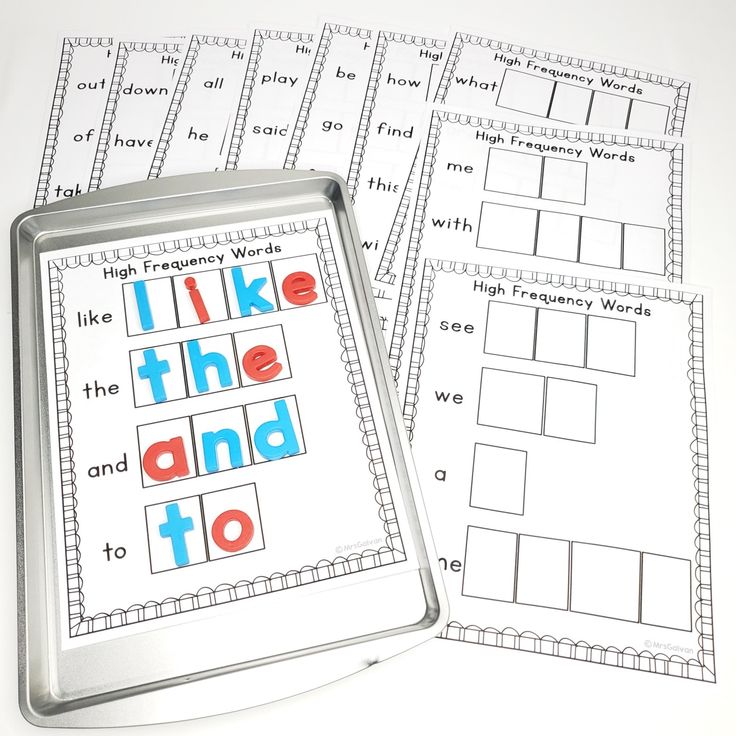 For visual perception, all words on the panel are presented in a flat format. At the same time, each season and month have an associative picture (April - lily of the valley, December - a New Year tree, autumn - falling leaves). In this way, the child can learn the main signs or symbols of each time period. The days of the week at the stand “tell” the children about the adventures of the cheerful Mishka in pictures and poems.
For visual perception, all words on the panel are presented in a flat format. At the same time, each season and month have an associative picture (April - lily of the valley, December - a New Year tree, autumn - falling leaves). In this way, the child can learn the main signs or symbols of each time period. The days of the week at the stand “tell” the children about the adventures of the cheerful Mishka in pictures and poems.
Teaching children of preschool age periods of time and their sequence (seasons, months, days of the week) - in the form of tactile, visual and sound perception. Our training takes place in the form of an exciting interactive game, thanks to which your child will broaden his horizons with interest.
Four Seasons Tactile Interactive Stand is suitable for all preschool children, including children with physical and cognitive disabilities.
For blind children on the panel next to the images there are symbols of all periods of time in Braille.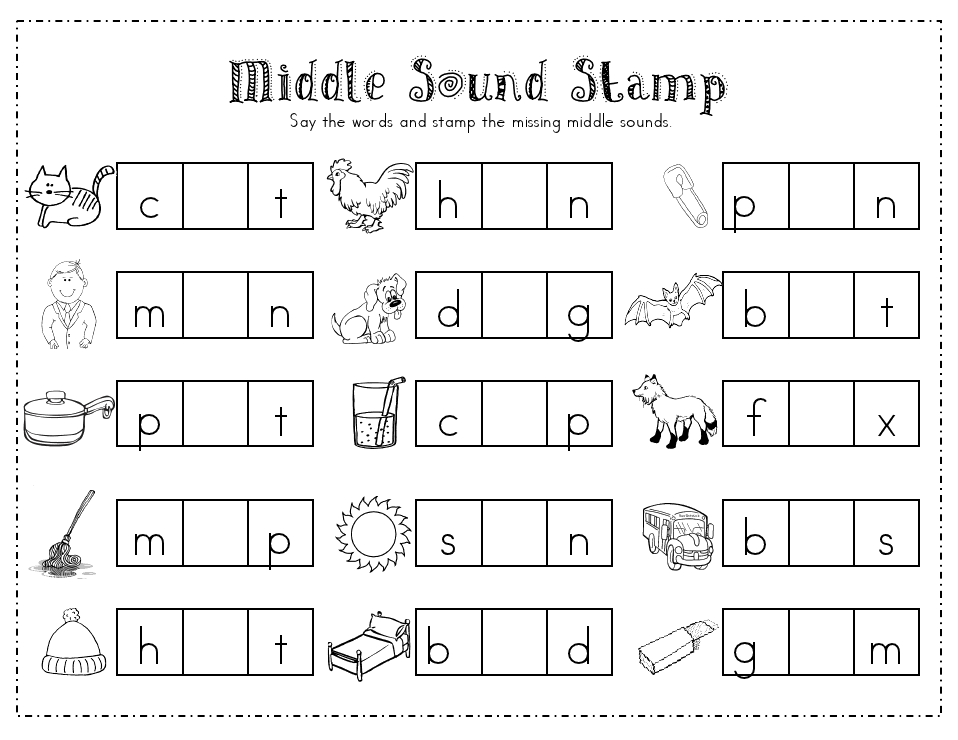 At the same time, the pictures themselves are equipped with a tactile image so that a blind child can “count” them. And tactile delimiters (sectors of the circle) will not let him confuse the correspondence between the name and the image.
At the same time, the pictures themselves are equipped with a tactile image so that a blind child can “count” them. And tactile delimiters (sectors of the circle) will not let him confuse the correspondence between the name and the image.
Auditory comments (voice acting) are responsible for the sound perception of the interactive stand, compiled taking into account all groups of the population. To do this, click on the button next to the picture.
All tactile images are designed and produced by Vertikal's experienced sensory experts. At the same time, our training stand has several sound modes:
Also on the stand you will find individual buttons that do not depend on the modes. For example, by pressing the button next to the umbrella, you can hear the sound of rain.
Tactile information stand is made of hypoallergenic eco-friendly materials that can be wiped with a damp cloth. Connecting the stand to the network is hidden from the direct access of the child.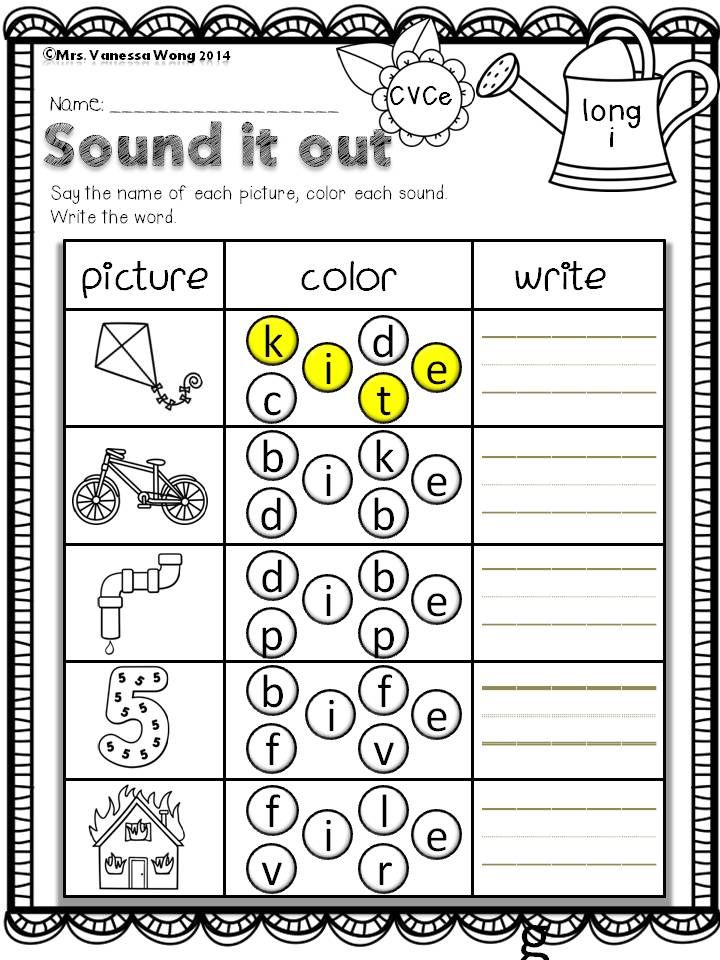 Also, the interactive panel has a lock against unauthorized switching on and changing the volume level.
Also, the interactive panel has a lock against unauthorized switching on and changing the volume level.
Thanks to our stand, your child will spend time with benefit and receive a charge of positive emotions.
Prices for interactive stands
You can purchase interactive stands at favorable prices directly from the manufacturer in our online store. Just select the product you need, specify the quantity, add it to the cart and pay in any way convenient for you. Delivery of orders is carried out throughout Russia and to the CIS countries.
How to get a personal offer
We always try to offer our partners the best prices!
If you have an offer with better terms, let us know,
and we will definitely make an offer you can't refuse!
We make discounts from competitors' prices, because we are the largest company in Russia, which is a developer and serial manufacturer of equipment under the "Accessible Environment" program.
Download price list for interactive stands
Current retail price list for interactive stands for today Tyflocenter "Vertical" works with all regions of the Russian Federation and neighboring countries.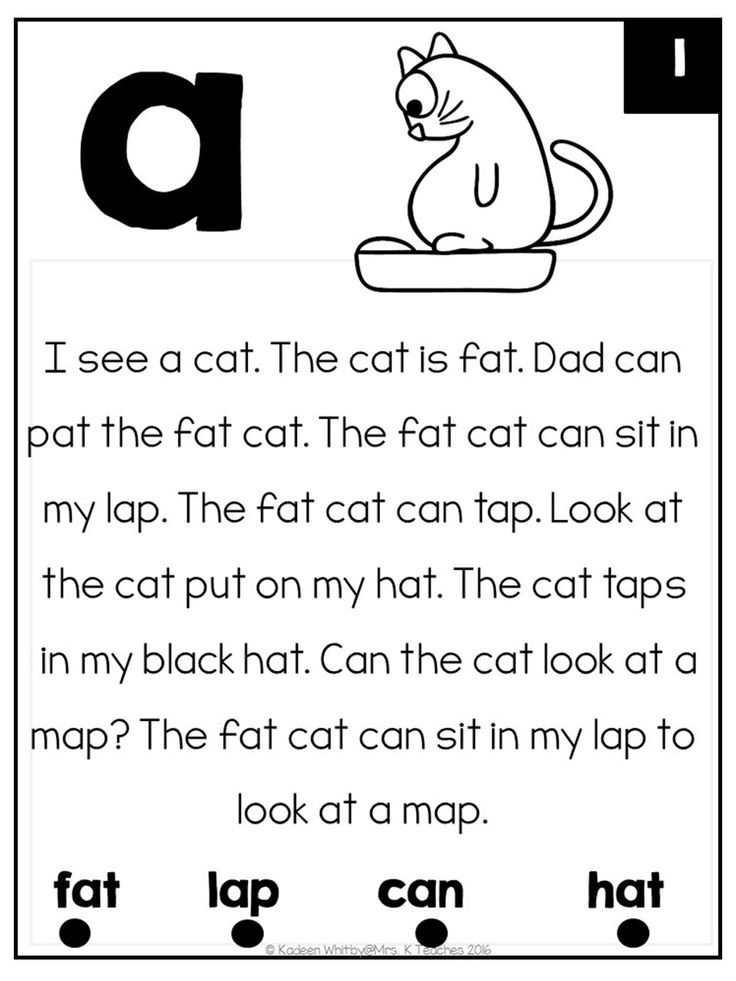 The information in the price list is current as of 12/01/22. This price list is for informational purposes only and is not a public offer.
The information in the price list is current as of 12/01/22. This price list is for informational purposes only and is not a public offer.
Wholesale price list (registration required) You can download the wholesale price list only after registering on our website. Special conditions apply for large wholesalers and construction organizations!
Dealer price list (registration required) You can download the dealer price list only after registering on our website. Tiflocenter "Vertical" is interested in expanding the dealer network and is looking for new representatives in Russia and abroad.
Download terms of reference for interactive stands
Dear customers! In order to download the documentation you need for interactive stands, you need to download the price list, where links to the TOR will be attached. You can also go to the electronic catalog, then to the product card and in the section “Tech. Documents” to download the information you need about the product.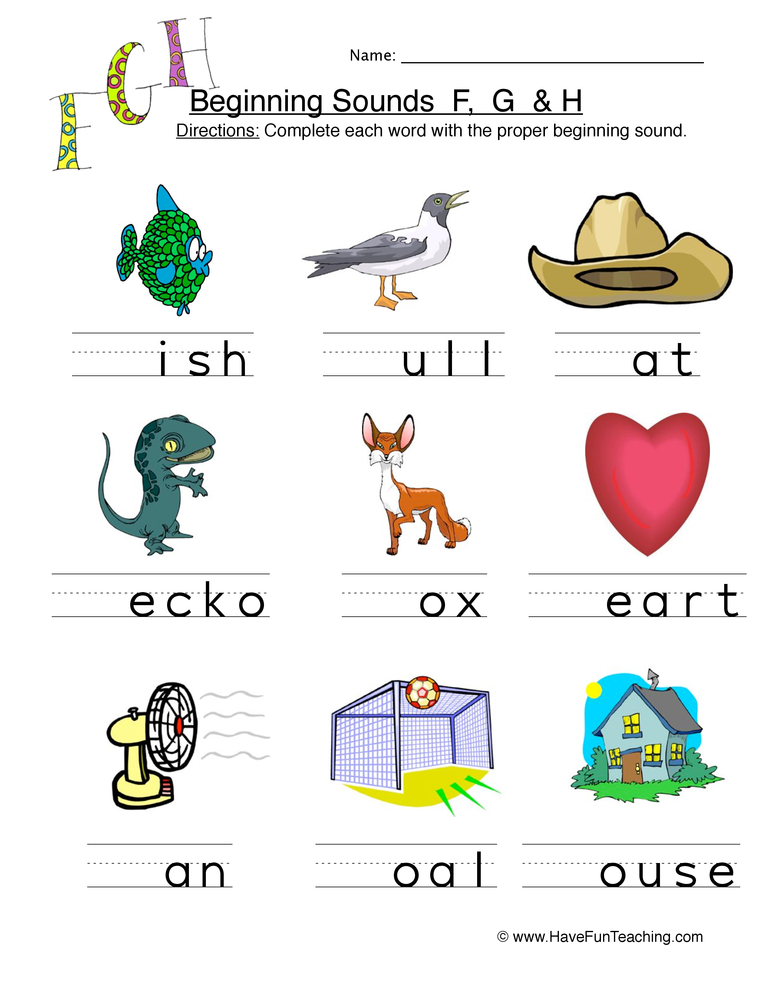
Download documentation for your project
Dear design engineers! In order to download the documentation you need for interactive stands, you need to go to the product card in the electronic catalog, then in the “Tech. documents» download the project map.
OUR ADVANTAGE - LONG-TERM EXPERIENCE AND QUALITY!
34_Bredikhina_Teaching Methods.cdr
%PDF-1.3 % 453 0 obj > endobj 452 0 obj >stream application/pdf
